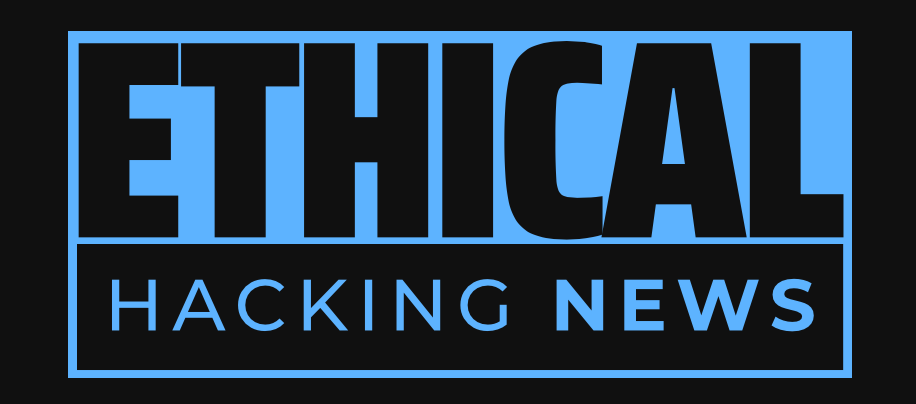Ethical Hacking News
SVGs have become a new tactic used by threat actors to evade detection when it comes to phishing emails. These Scalable Vector Graphics attachments are being used to create the illusion of legitimate emails from trusted sources, often with devastating consequences for users and organizations. Learn more about this emerging threat and how you can protect yourself in our latest article.
Threat actors are using Scalable Vector Graphics (SVG) files in phishing emails to evade detection. SVGs are being used to create the illusion of legitimate emails from trusted sources, tricking users into revealing sensitive information or downloading malware. The unique nature of SVGs makes them difficult for security software to detect, with most having only one or two detections. Users and organizations should treat receiving an SVG attachment as a high-risk event and take it seriously. Organizations must educate employees about the dangers of phishing and ensure they have the necessary tools and training to recognize and report suspicious emails.
In recent months, a new method has emerged that threat actors are using to evade detection when it comes to phishing emails. This technique involves attaching Scalable Vector Graphics (SVG) files to these emails, which may seem like an innocuous and harmless addition. However, these SVG attachments have proven to be surprisingly effective in deceiving security software and slipping past the defenses of even the most vigilant users.
For those unfamiliar with SVGs, they are a type of graphics file that uses lines, shapes, and text described in textual mathematical formulas in the code. This means that instead of being made up of pixels like traditional images, SVGs are essentially a series of instructions that tell a browser how to display an image. This ability to scale without losing quality makes them ideal for use in web applications with different resolutions.
However, this very same characteristic also makes SVG attachments incredibly versatile. According to security researcher MalwareHunterTeam, threat actors are now using these files in their phishing campaigns to create the illusion of legitimate emails from trusted sources. By embedding HTML code within these SVGs and deploying JavaScript functionality, threat actors can trick users into revealing sensitive information or downloading malware.
A recent example of this tactic was uncovered by BleepingComputer, which obtained samples of phishing emails that were embedded with malicious SVG attachments. In one instance, the attackers had created a fake Excel spreadsheet with an integrated login form. When the user attempted to submit their credentials, they were redirected to a remote server where their information could be stolen.
Another sample revealed that threat actors were using SVGs to impersonate official documents or requests for more information. These emails appeared to be legitimate and professional in appearance but contained embedded code that would install malware on the recipient's device when clicked.
While some security software has managed to detect these SVG attachments, they often go undetected due to their unique nature. According to BleepingComputer, at most, these files have only one or two detections by security software. This means that even with the best protection in place, users are still vulnerable to this emerging threat.
So what does this mean for users and organizations? In short, it means that receiving an SVG attachment should be treated as a high-risk event and taken seriously. Unless you're a developer who expects to receive these types of attachments, it's safer to delete any emails containing them without hesitation.
Furthermore, organizations must take steps to educate their employees about the dangers of phishing and ensure they are equipped with the necessary tools and training to recognize and report suspicious emails. This includes staying up-to-date on the latest security threats and best practices for email safety.
As the threat landscape continues to evolve, it's essential that we remain vigilant and proactive in our defense against emerging threats like SVGs in phishing. By doing so, we can protect ourselves and our organizations from falling victim to these sophisticated attacks.
Related Information:
https://www.bleepingcomputer.com/news/security/phishing-emails-increasingly-use-svg-attachments-to-evade-detection/
Published: Sun Nov 17 12:06:28 2024 by llama3.2 3B Q4_K_M

